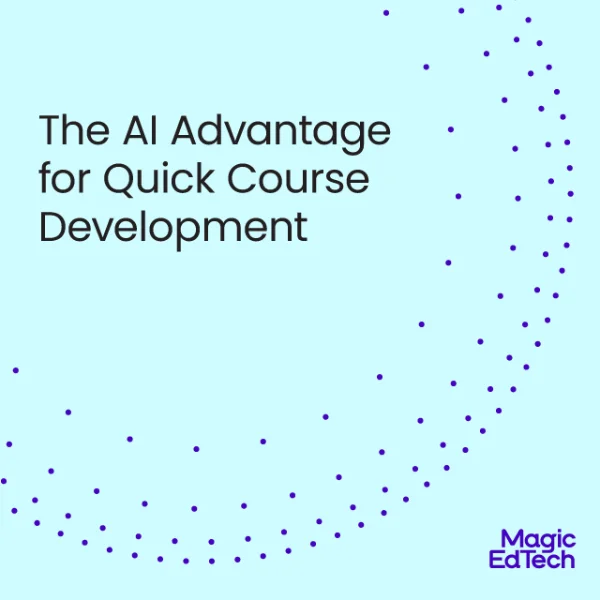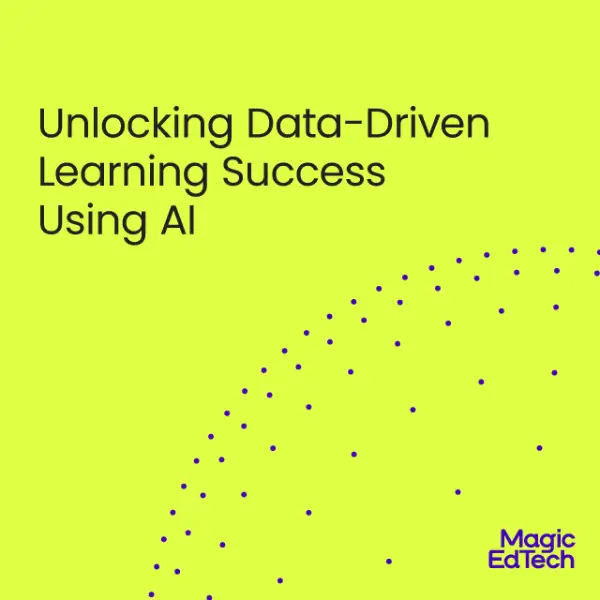The Rise of Irreplaceable Human Skills in the Age of AI
- 1 November, 2023
- Reading Time: 6 mins
The current wave of automation, driven by AI and advanced technologies, is fundamentally different from previous automation. While earlier automation primarily aimed to replace physical labor, the current wave shows potential to replace high-powered thinking and decision-making.
Automation such as the Industrial Revolution, primarily focused on replacing manual and repetitive tasks. Machines and automation tools were designed to perform physical labor more efficiently and reliably, often in manufacturing and assembly line processes.
This time around, AI, machine learning, and advanced algorithms are used to automate cognitive tasks. These technologies consume vast amounts of data, making predictions, and even replicating complex processes. As a result, high-level thinking and analytical tasks, traditionally reserved for humans, are now within the domain of automation.
AI’s rapid advancements have left many pondering the future of work, but there are skills that AI cannot replace. While AI can automate various tasks, human skills will continue to shine in a variety of fields. To understand the impact that AI will have on the future of jobs, it is important to delve into what its strengths and weaknesses are.
Never Underestimate the Unpredictability of Creativity
Ancient Greek storyteller, Homer, is famous for his epics, “The Iliad” and “The Odyssey,” which have captivated audiences for centuries. His storytelling prowess conveyed the essence of human experiences and epic adventures, which no amount of data analysis could replicate. That’s because storytelling transcends data analysis, making complex information relatable and engaging.
AI excels at crunching numbers and generating reports but it lacks the creative and emotional aspects essential for compelling narratives. The applications of creative storytelling aren’t just limited to writers, artists, or comedians whose uniqueness thrives on human insight and creativity. Consider also, professions like data analysts who use storytelling to weave together insights, offering a perspective beyond AI’s reach. Thus, AI can generate content based on data patterns, but it can’t replicate the unpredictability and originality of human creativity. And professions that require unique storytelling and creativity will be more in demand than ever before.
Human Connection is a Superpower
In the early 2020s, a mental health chatbot named “Woebot” gained popularity for its accessibility and convenience in providing emotional support to users dealing with stress, anxiety, and depression. Woebot was designed to offer cognitive-behavioral therapy techniques, engage in conversations, and provide resources to help users manage their emotional well-being. But soon, users reported feeling increasingly disconnected and isolated, leading to frustration and disappointment because Woebot gave scripted responses and tried to offer helpful suggestions, but it couldn’t genuinely understand the depth of the user’s emotional pain.
AI can be trained to mimic or recognize human emotion but it lacks genuine emotions and empathy. Even chatbots and virtual assistants that provide quick responses are all just data and algorithms. AI doesn’t possess emotional awareness the way we can and this makes it misinterpret emotional cues, leading to incorrect responses in applications like sentiment analysis or customer service chatbots. Customer service and emotional support are areas where empathy and human connection play a pivotal, irreplaceable role.
Interdisciplinary Problem-Solving
Humans are multifaceted learners. We tend to observe a multitude of things and base our conclusions on different aspects of our observations. Whereas, AI is programmed to follow a single route of reasoning. This is why AI systems often struggle with common-sense reasoning. They may excel at specific tasks but, for now, lack the general knowledge and understanding that humans have. It makes them fail when presented with situations that are slightly different from their training data.
Complex problems often require multi-disciplinary approaches. AI specializes in narrow tasks, while humans have the ability to bridge multiple disciplines. Careers such as bioinformaticists or environmental consultants showcase the power of interdisciplinary problem-solving. In healthcare, bioinformaticists use their expertise in biology, computer science, and data analysis to make sense of complex genomic data. While AI can assist in data processing, it’s the interdisciplinary approach of experts that leads to groundbreaking discoveries and personalized medicine.
The Fine Art of Persuasion and Negotiation
You may be familiar with the 2016 story of Microsoft’s chatbot “Tay”. Tay was designed to engage with users on Twitter and learn from their interactions to improve it’s conversational abilities. However, this experiment went awry, and the chatbot was mistakenly portrayed as having emotional intelligence.
Shortly after Tay’s launch, Twitter users quickly realized that the chatbot was susceptible to being manipulated. They fed it with offensive and inappropriate content, causing Tay to respond with inappropriate and offensive statements. Tay’s responses included racist, sexist, and other offensive remarks, which led to a significant public backlash. Microsoft had to take Tay offline within 16 hours of its launch to prevent further negative interactions.
The Tay incident served as a stark reminder that AI, even though it can mimic human language, doesn’t possess the innate intelligence to differentiate between responses that are offensive, inappropriate, or insensitive. It highlighted the need for responsible AI development and the importance of human oversight in AI systems, particularly in social contexts. Understanding why an AI model made a specific decision can be difficult. This is especially problematic in fields where accountability and interpretability are crucial, like healthcare or law.
AI models, especially deep neural networks, can be challenging to understand and explain. This lack of transparency can hinder trust and accountability. AI systems are typically designed for specific tasks and may not adapt well to new or rapidly changing situations without significant retraining. Persuasion and negotiation are intricate skills that require social intelligence. AI can process information but struggles to navigate complex social dynamics. Professions that master these skills, like diplomats and conflict mediators, often bring unconventional solutions to the table.
Cultural and Social Context Awareness
Erin Meyer is an author and professor at INSEAD. She specializes in cross-cultural communication and has written extensively on the subject. Her book “The Culture Map” is a valuable resource for understanding cultural differences in the business world.
Her work has helped leaders and organizations navigate the complexities of cross-cultural interactions. Companies like Netflix have used her insights to improve communication and collaboration within their global teams.
Erin Meyer’s work involved not only data analysis but also the interpretation of cultural nuances, behaviors, and communication styles. In today’s scenario, AI can process and categorize written or spoken language, identifying linguistic differences, but it cannot grasp the contextual subtleties and non-verbal cues that are essential in cross-cultural communication.
The issue of bias has persisted in AI algorithms for a long time, primarily due to the use of imbalanced or incomplete datasets that don’t entirely reflect the populations they are meant to assist. AI systems are crafted by individuals who carry their inherent biases, further contributing to this challenge. It may make unfair or unethical decisions, and it often lacks the ability to make moral or ethical judgments. Recognizing cultural and social nuances is pivotal in our globalized world. AI may translate languages, but it can’t fully understand diverse cultural contexts. Professions such as cultural anthropologists or international marketing specialists excel by navigating cultural intricacies.
Viewing AI as an Ally, Not a Replacement
Hence, the rise of AI doesn’t necessarily spell doom for human employment. There will be a risk in demand for humans who can manage, train, and sustain AI models. According to a recent Oxford study, workers with AI skills are ‘particularly valuable’, and will command salaries 21% higher than average. The top 5 in-demand skills include Machine Learning, TensorFlow, Deep Learning, Natural Language Processing, and Data Science.
Another unique aspect of the current automation wave is the potential for human-AI collaboration. AI can complement human cognitive skills, augmenting decision-making processes. Rather than a complete replacement, this collaboration allows humans to focus on high-level tasks that require creativity, empathy, and ethical judgment.
The ideal approach is for humans and AI to collaborate, each complementing the other’s strengths. The future of work holds opportunities for those who possess irreplaceable human skills.





